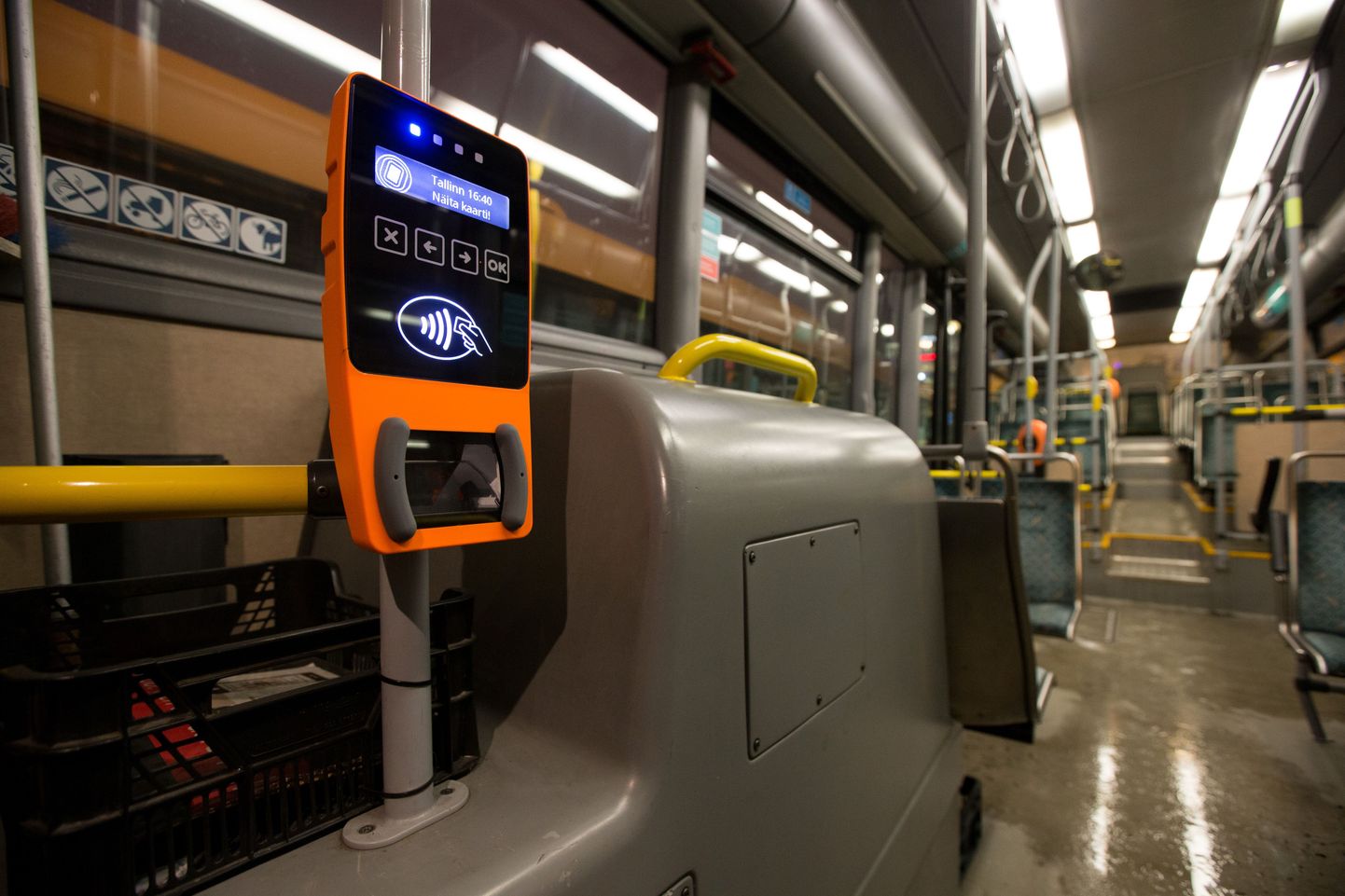QR tickets will be sold online. The current website www.pilet.ee will remain. It will be given a thorough overhaul and can be used to buy QR tickets. People can forward QR tickets to their email address, smartphone, or print them out instead. The website can also be used to put money to Tallinn's green card.
The other option for buying QR tickets is a mobile application. “We do not currently have a special tickets app; however, we will make one available on both the App Store and Google Play. The app will always have up to date information and all of the person's tickets. It will be very simple; you will have a ticket in just a few swipes,” Laiksoo said.
He said that currently the system does not favor people who come to Tallinn for a short time and want to return their green cards before leaving again. “Until now that was only possible in a single location; however, we will have more places. There is one at the Tallinn bus terminal already. It will also be possible to return the cards at the airport, train station, and the port's A and D terminals,” Laiksoo said.
The city is planning to put up posters in English near city entrances with instructions on how to download the free app and buy tickets.
The new validators will be able to communicate with NFC or contact-free bank cards, while the adoption of the system will take some time.
“We have the technical capacity; however, we need to achieve inter-bank certification, which is a complex, expensive, and time-consuming business. It makes sense once you have a lot of compatible devices as you will have to pay less per device. However, the banks and the economy ministry are working on it. We hope things might get as far as validators being able to read cards by fall,” Laiksoo explained.

